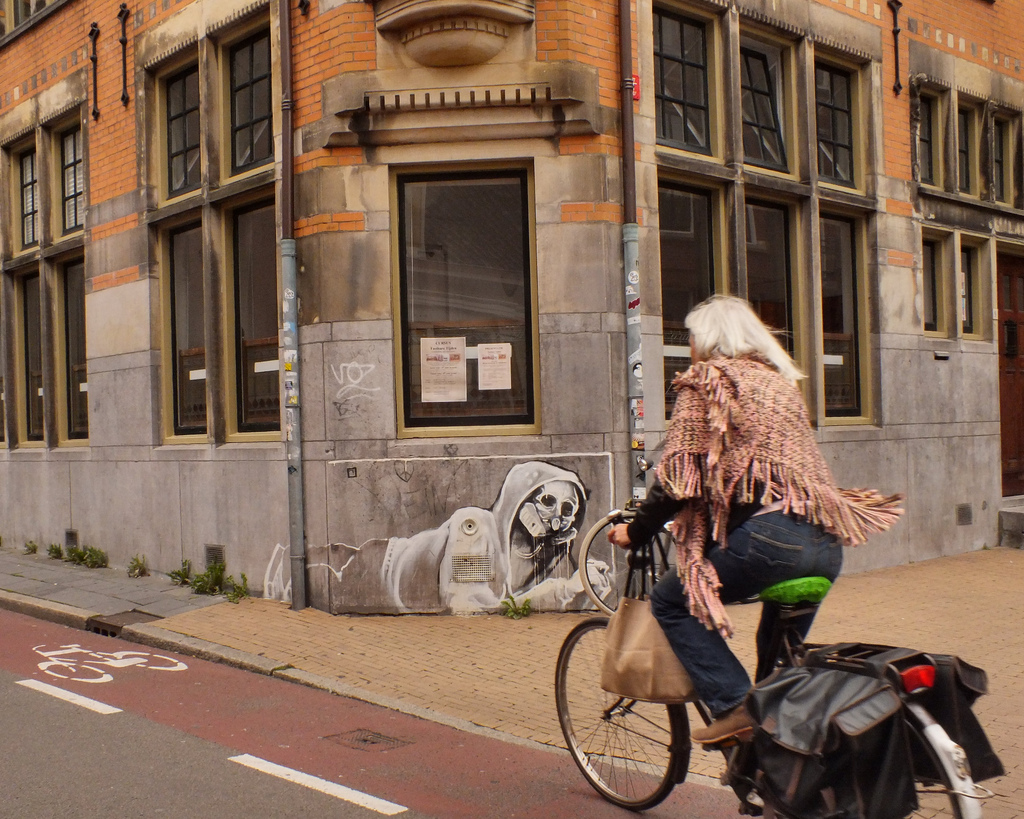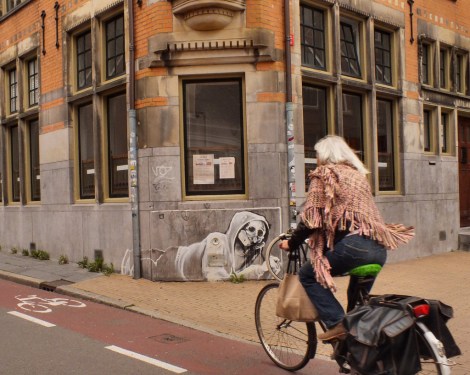Groningen, Netherlands, is maybe the most bike-friendly city in the world. (A lot of people seem to think so, anyway.) There are 190,000 people there and 300,000 bikes. There are also more than three times as many bikes as there are cars.
Atlantic Cities explains how this miracle came about:
Back in 1977, a leftist city government divided the central park of Groningen into four quadrants, and instituted a regulation stipulating that you could not travel directly from one of those sectors to another by car. Instead, motorists must use a ring road that circles the city, increasing travel times by a significant percentage. What economists call the “negative externalities” of car travel, including air pollution, noise, and crashes, are quite literally externalized — removed from the heart of the city.
And yes, people complained. And yes, businesses said there was just not way they could survive this plan. But then, the plan worked. The businesses survived. People just got to them on bikes instead.
Cities make decisions about which modes of transportation will be fastest and easiest to use. Groningen chose the bike. Other cities can too.




